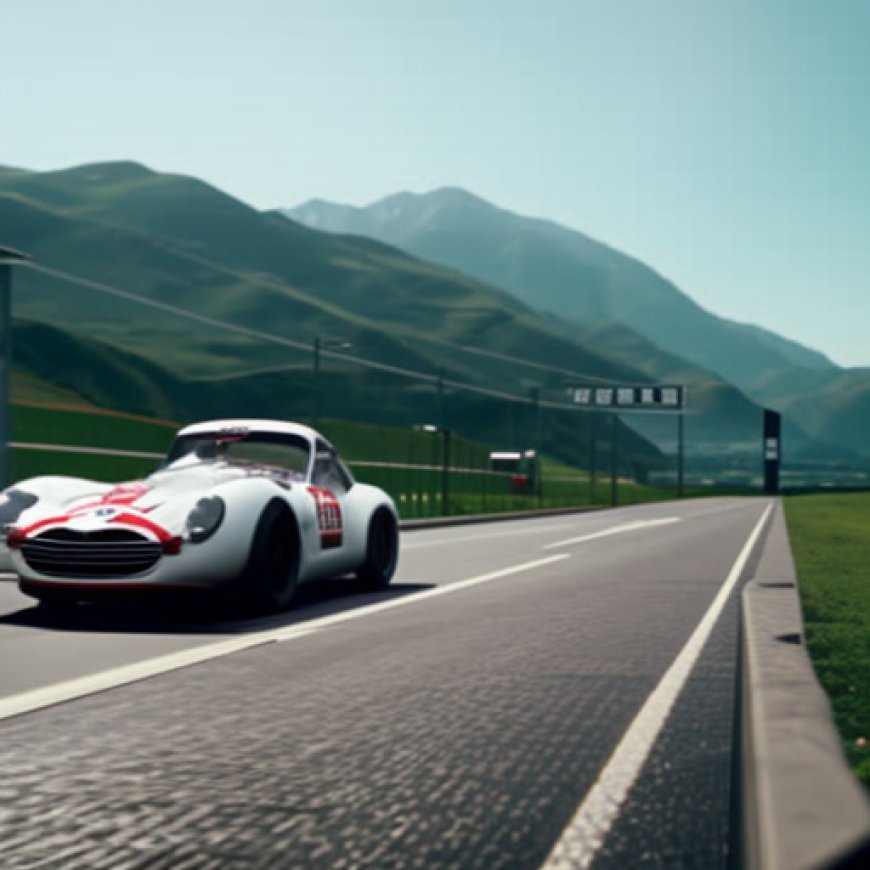Castrol, Safety-Kleen to launch program to reduce carbon footprint
Castrol, Safety-Kleen to launch program to reduce carbon footprint Fleet Equipment Magazine


Castrol MoreCircular Program: Reducing Carbon Footprint of Business Lubricants
Castrol has partnered with Safety-Kleen to launch the ‘Castrol MoreCircular’ program, a national initiative aimed at reducing the carbon footprint of business lubricants in the United States. The program focuses on the entire process of collecting used oil from business customers, re-refining it, and incorporating re-refined base oil (RRBO) into premium lubricants for supply to businesses.
Partnership for Sustainability
The ‘MoreCircular’ program combines Castrol’s lubricant technology with Safety-Kleen’s extensive geographic reach and expertise in collecting and re-refining used oil. The goal is to integrate RRBO into lubricant formulations while ensuring that the new products meet or exceed OEM and industry standards. Successful trials with several customers have demonstrated the high-quality and high-performance attributes of these lower carbon footprint lubricants, which perform equally well as versions containing virgin base oil.
The Process
The process begins with the collection of used lubricants from ‘MoreCircular’ customers, such as fleet maintenance shops and industrial sites. The used oil is then re-processed, allowing approximately 70% of it to be recovered as base oil. RRBO is combined with Castrol’s technology to blend lubricants, resulting in an estimated 20-40% lower carbon footprint compared to Castrol’s traditional products, as determined by independent carbon footprinting consultancy Environmental Resources Management. The percentage of RRBO used determines the size of the carbon footprint reduction.
Multi-Year Collaboration
Following successful market trials, Safety-Kleen and Castrol have signed a multi-year collaboration agreement. The financial terms of the partnership have not been disclosed. The ‘MoreCircular’ Program will officially launch on May 20 at the Advanced Clean Transportation (ACT) Expo in Las Vegas, NV.

“Our ability to collect used oil from across the country and reprocess a waste product means that much of it can be used again and again. Delivering these lower-carbon-footprint lubricants can help our business customers meet their sustainability goals with the same high-quality and high-performance they expect from Castrol,” said Andreas Osbar, CEO of Castrol Americas. “We believe the time is right to lead the market with an integrated more circular – and as a result, lower-carbon-footprint – offer as our business customers are searching for levers to help decarbonize their operations. This is a first-of-its-kind, nationwide offer in the US, and we’re excited to partner with Safety-Kleen to deliver it.”
“Safety-Kleen is proud to partner with Castrol, a recognized industry leader, to bring increased circularity to the United States lubricants industry,” said Brian Weber, President of Safety-Kleen Sustainability Solutions. “We are North America’s largest collector of used oil with more than 200 branch locations that safely and compliantly collect over 250 million gallons annually. Our operations span across every major metropolitan area in the U.S., and we can meet the waste oil collection needs of any customer of Castrol’s ‘MoreCircular’ offering.”
SDGs, Targets, and Indicators
1. Sustainable Development Goal: Goal 12 – Responsible Consumption and Production
- Target 12.2: By 2030, achieve the sustainable management and efficient use of natural resources.
- Indicator 12.2.1: Material footprint, material footprint per capita, and material footprint per GDP.
2. Sustainable Development Goal: Goal 13 – Climate Action
- Target 13.2: Integrate climate change measures into national policies, strategies, and planning.
- Indicator 13.2.1: Number of countries that have integrated mitigation, adaptation, impact reduction, and early warning into their national policies, strategies, and planning.
3. Sustainable Development Goal: Goal 17 – Partnerships for the Goals
- Target 17.16: Enhance the global partnership for sustainable development, complemented by multi-stakeholder partnerships that mobilize and share knowledge, expertise, technology, and financial resources.
- Indicator 17.16.1: Number of countries reporting progress in multi-stakeholder development effectiveness monitoring frameworks that support the achievement of the sustainable development goals.
Analysis
The issues highlighted in the article are connected to the following SDGs:
- Sustainable Development Goal 12 – Responsible Consumption and Production
- Sustainable Development Goal 13 – Climate Action
- Sustainable Development Goal 17 – Partnerships for the Goals
Based on the article’s content, the specific targets under these SDGs can be identified as:
- Target 12.2: By 2030, achieve the sustainable management and efficient use of natural resources.
- Target 13.2: Integrate climate change measures into national policies, strategies, and planning.
- Target 17.16: Enhance the global partnership for sustainable development, complemented by multi-stakeholder partnerships that mobilize and share knowledge, expertise, technology, and financial resources.
The article mentions or implies the following indicators that can be used to measure progress towards the identified targets:
- Indicator 12.2.1: Material footprint, material footprint per capita, and material footprint per GDP. This indicator can measure the efficient use of natural resources in the process of collecting used oil and re-refining it.
- Indicator 13.2.1: Number of countries that have integrated mitigation, adaptation, impact reduction, and early warning into their national policies, strategies, and planning. This indicator can measure the integration of climate change measures in the lubricant industry’s policies and strategies.
- Indicator 17.16.1: Number of countries reporting progress in multi-stakeholder development effectiveness monitoring frameworks that support the achievement of the sustainable development goals. This indicator can measure the progress of partnerships and collaborations between Castrol, Safety-Kleen, and other stakeholders in achieving sustainable development goals.
SDGs, Targets, and Indicators Table
| SDGs | Targets | Indicators |
|---|---|---|
| Sustainable Development Goal 12 – Responsible Consumption and Production | Target 12.2: By 2030, achieve the sustainable management and efficient use of natural resources. | Indicator 12.2.1: Material footprint, material footprint per capita, and material footprint per GDP. |
| Sustainable Development Goal 13 – Climate Action | Target 13.2: Integrate climate change measures into national policies, strategies, and planning. | Indicator 13.2.1: Number of countries that have integrated mitigation, adaptation, impact reduction, and early warning into their national policies, strategies, and planning. |
| Sustainable Development Goal 17 – Partnerships for the Goals | Target 17.16: Enhance the global partnership for sustainable development, complemented by multi-stakeholder partnerships that mobilize and share knowledge, expertise, technology, and financial resources. | Indicator 17.16.1: Number of countries reporting progress in multi-stakeholder development effectiveness monitoring frameworks that support the achievement of the sustainable development goals. |
Copyright: Dive into this article, curated with care by SDG Investors Inc. Our advanced AI technology searches through vast amounts of data to spotlight how we are all moving forward with the Sustainable Development Goals. While we own the rights to this content, we invite you to share it to help spread knowledge and spark action on the SDGs.
Fuente: fleetequipmentmag.com

Join us, as fellow seekers of change, on a transformative journey at https://sdgtalks.ai/welcome, where you can become a member and actively contribute to shaping a brighter future.







